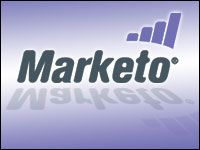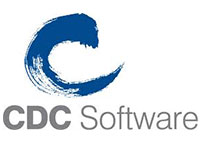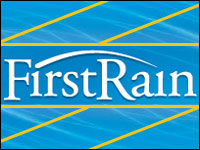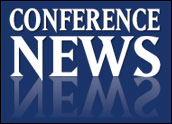
LeadLife Solutions has released a second-generation marketing automation product that combines a Web 2.0 user interface with a visual campaign builder designed to make marketing automation easier for companies. The new solution provides an easy-to-use alternative to complex marketing automation offerings, the company said.
Features of the new release:
- a visual drag-and-drop campaign builder within the LeadLife campaign builder palette;
- a robust rules builder that allows users to easily set rules for lead scoring, CRM integration and data cleansing; and
- more than 50 out-of-the-box reports that allow marketers to slice and dice campaigns, leads, assets and more to optimize their marketing efforts.
To support the product release, LeadLife has launched a new website with screenshots and videos demonstrating marketing automation technology and advice from lead management experts.
BSG’s New VoiceLog Features Faster Verifications
Billing Services Group (BSG) has announced the official relaunch of VoiceLog, a third-party verification (TPV) solution that allows companies to confirm, record and document customer orders and interactions.
The new and improved VoiceLog features technology to support higher completion rates and lightning-fast verification times, John Haspil, director of e-commerce product development and innovation, told CRM Buyer. “We basically rewrote the whole application including the hardware and software.”
VoiceLog seamlessly integrates with most call center platforms and is accessible via Web-based applications. Among its features:
- live operator TPV, automated script TPV and call recording options;
- immediate call record and .wav file access to customer files via a secure website; and
- reporting tools for data on customer order and interaction trends.
A major feature is the flexible reporting functionality, Haspil explained. “It’s not about traditional canned reports now. From a call center perspective, you might want to look at the number of verifications provided by a certain marketing group, a specific campaign by time of day or week, or even a specific operator.
VoiceLog’s TPV services are used in industries such as energy, cable and telecommunications, credit card processing, and healthcare, as well as other traditional call center settings.
Study: Marketers Not Measuring Up
While B2B marketers are spending millions of dollars annually on social marketing programs, nearly 30 percent are not tracking the impact of social media programs on lead generation and sales. These numbers come from a recent survey conducted by cloud marketing automation software vendor Pardot.
Social media use among B2B marketers is on the rise, according to respondents. A full 95 percent indicated they use Facebook, Twitter, LinkedIn, YouTube or corporate blogs to reach prospects.
Yet despite the increased use of these services, only 70 percent are monitoring the return on spend for these programs. And among those that do, about 42 percent of marketers replied that zero or an uncertain number of sales leads resulted from social media programs — a startling high percentage given the resources required to operate the campaigns.
The survey also indicates that social media protocols within companies are still evolving:
- Approximately 11 percent of marketers said their companies have a formal social media policy;
- 55 percent of respondents said contacting a social media-generated sales lead by phone or email was appropriate, even if the prospect had not invited the vendor to do so; and
- 48 percent said it is appropriate to respond to a prospect via social media, if the prospect contacted the vendor via email or phone first.
Another obstacle facing marketers engaged in social media are the tools and services they use for implementing and measuring their campaigns. The survey showed that more than 64 percent of respondents use “internal, free tools” only to manage social media campaigns’ while only 9 percent rely on an outside agency or social media expert for help with social media marketing.
TOA Proves Time Is Money
A new survey from TOA Technologies reveals that the annual economic impact of waiting for in-home services is US$37.7 billion — an amount that equates to the total time people spent waiting for services such as cable/satellite TV, internet, utilities, retail home deliveries or other mobile workforce-related services. To put this in context, the annual cost of waiting per individual is equivalent to removing every working American from the workplace for more than two full days per year.
This provides a significant selling proposition for CRM and cloud-based applications, TOA cofounder and CEO Yuval Brisker told CRM Buyer. “If you look at the enterprise space and how companies are approaching their core business systems, there has been significant growth in Web-based/cloud-based applications — and CRM has moved up on those buying lists. CRM solutions really lend themselves to organizations with remote employees. As such, they are no longer a nice to have, but a must have.”
The survey proves that waiting for goods and services is more than just an inconvenience, he added. “It impacts their pocketbooks in a big way. Businesses have an opportunity to transform customer satisfaction and help them save money. Free the customer. That’s what we say.”
























































